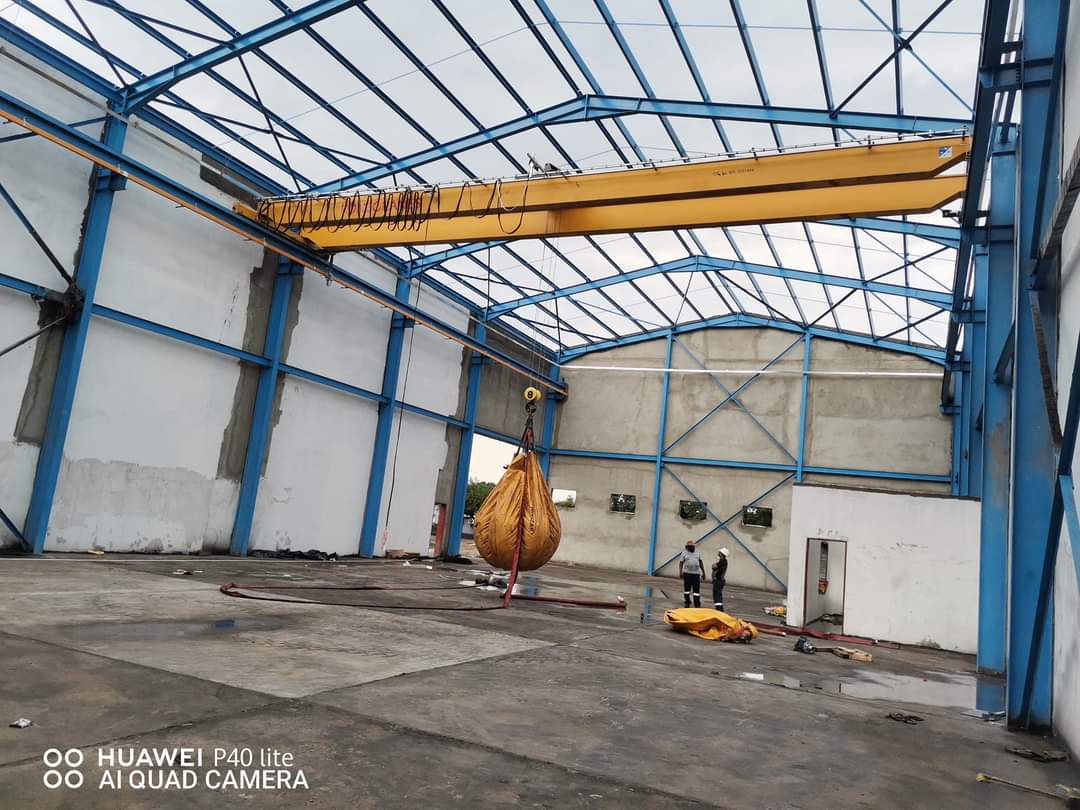Safety is paramount in the world of lifting machinery, and load testing stands as a stalwart guardian ensuring equipment reliability. In this blog post, we unravel the significance of load testing, its role in ensuring compliance, and the peace of mind it brings to lifting operations.
Load testing involves subjecting lifting equipment to its maximum working load to assess its performance and reliability. It is a critical step in ensuring that equipment meets safety standards and can operate effectively under various conditions.

Compliance and Safety Assurance
Discover how load testing serves as a crucial component in adhering to safety regulations and industry standards. From compliance with regulatory bodies to mitigating potential risks, load testing offers a proactive approach to safety in lifting operations.
When and Why Load Testing is Necessary
Gain insights into the scenarios that necessitate load testing, whether it’s before installation, after modifications, or as part of routine maintenance. Understand the pivotal role load testing plays in preventing equipment failures and accidents.
The Process of Load Testing
Delve into the step-by-step process of load testing, from preparation to execution. Uncover the meticulous procedures undertaken to ensure accurate results and the reliability of lifting equipment.
Conclusion:
Load testing emerges as the linchpin in the chain of lifting safety. By understanding its importance and embracing it as a proactive measure, businesses can uphold the highest standards of safety and reliability in their lifting operations.


